As Autumn hits and Winter looms, many riders yearn for a simpler bike; no shocks to service, no pivot bearings to replace and a more direct relationship between rider and terrain. Sometimes life is too easy, too candy-coated: your riding becomes muted, you feel detached from the challenge that used to be mountain biking – you need a hardcore hardtail to breath life into you riding.
The mighty hardtail has a special place in riders hearts; whether it’s respect for the special skill-set required to ride one well, the appreciation for a master frame builder’s creation or, as many of us paid our mountain biking dues on a hardtail, misty-eyed nostalgia for a simpler time.
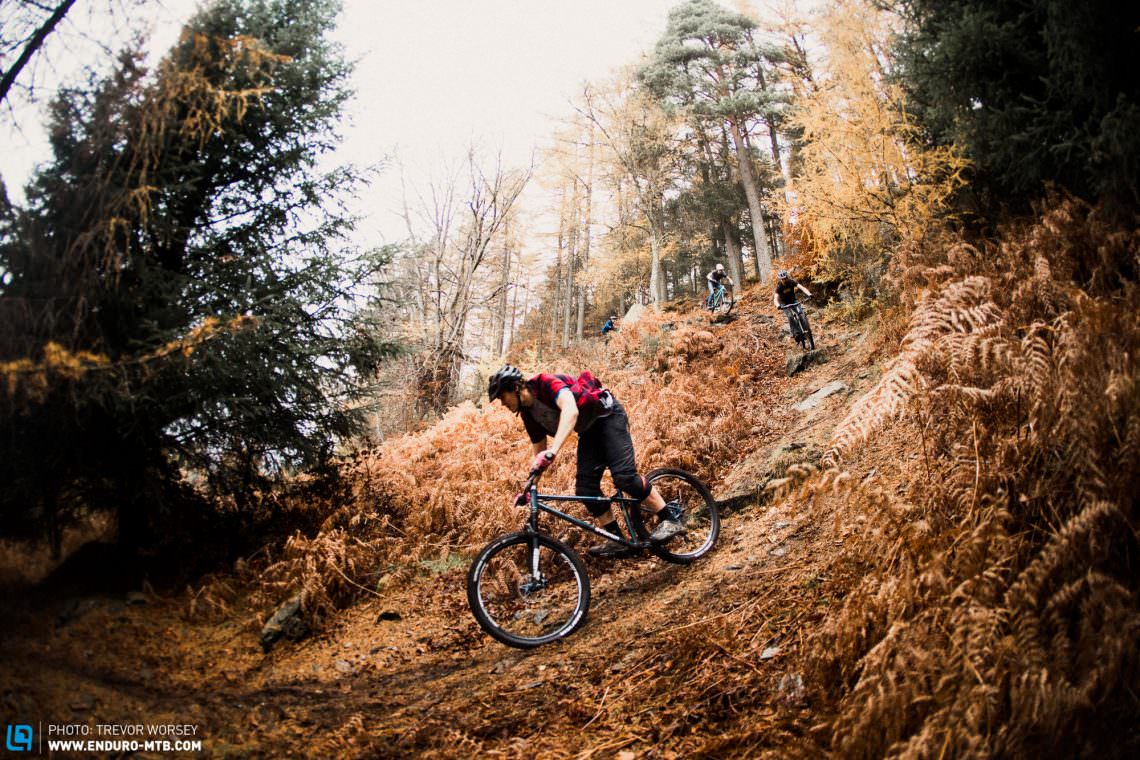
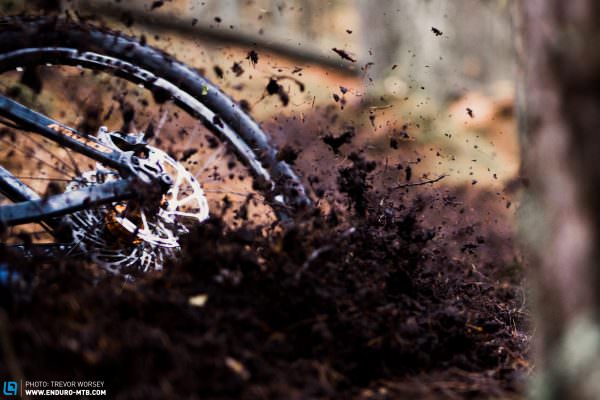
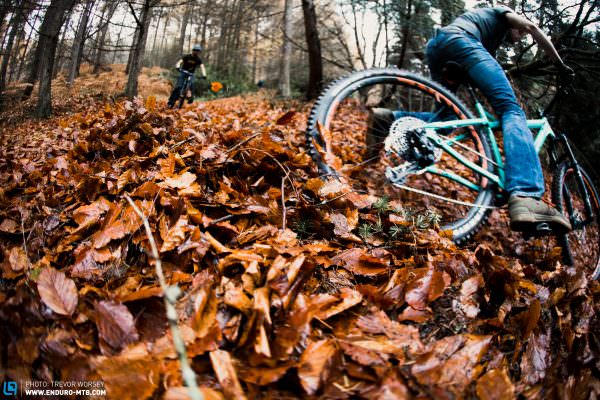
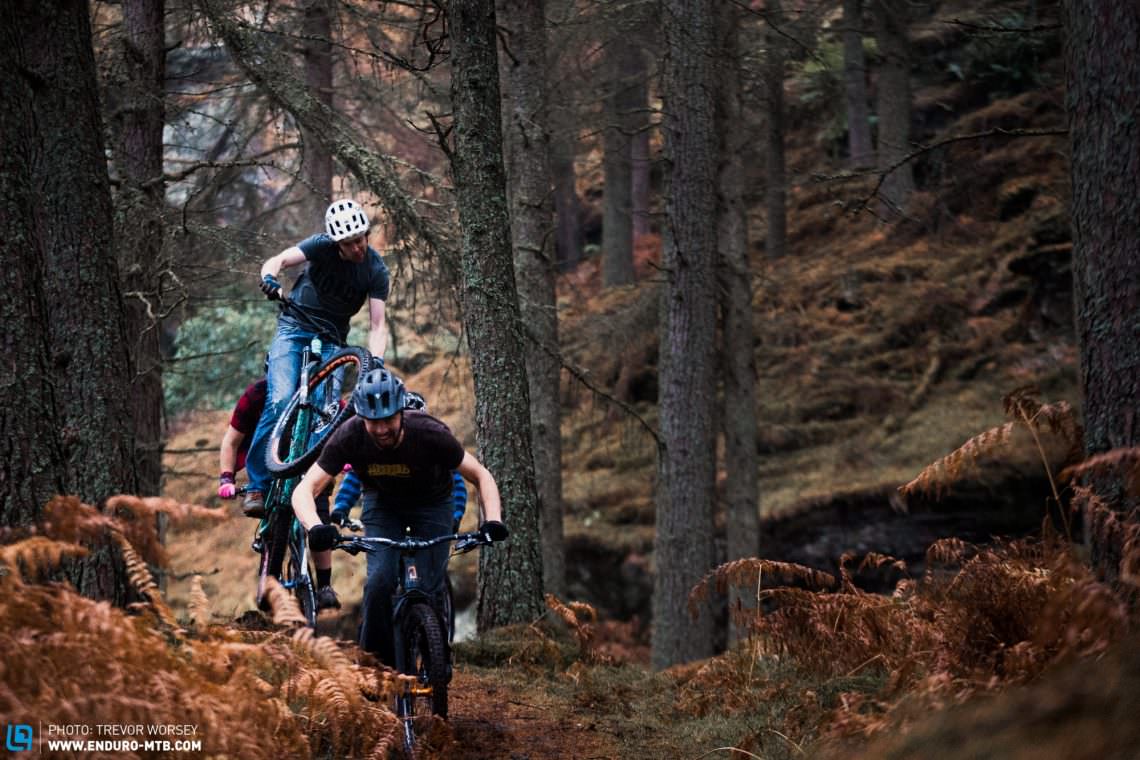
What makes a hardtail hardcore?
So what does a hardtail require to be awarded, ‘hardcore’, status?
Firstly, hardcore means that the bike can be thrown off, down or over anything. So, it needs to be tough and take some knocks; it’s got to be able to take a beating, dust itself off and get back up and carry on. Beautifully welded steel, aluminium or titanium tubing is the expectation and if it can be built by hand and in a shed, then so much the better. Cool frame details, masses of mud clearance and plenty of character.
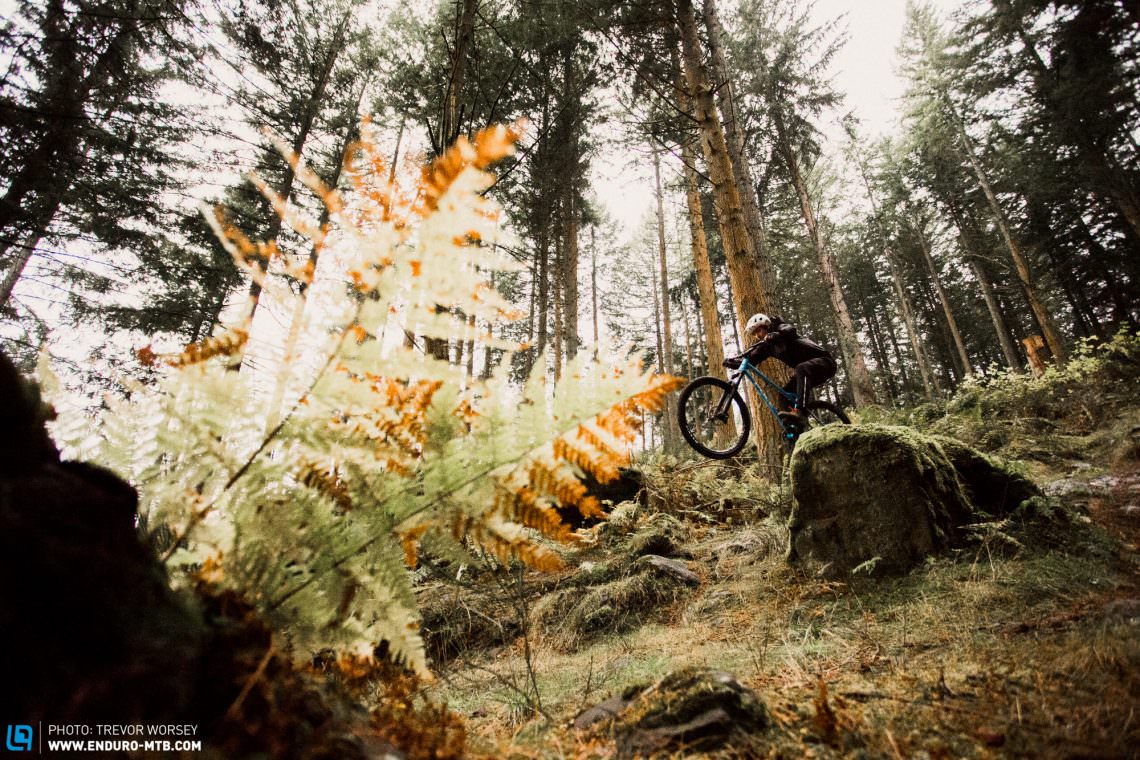
Development of hardcore hardtails is the generally the domain of small rider owned brands, able to tweak designs at will, who specialises in innovation and quality, so we expect to see progressive and conflicting geometry as designers carve their ideas out of metal. A slacked out head angle is the minimum requirement and long travel forks feature widely to soak up the hits at the front in the hope that the back follows behind. Wheel sizes vary: 27.5 is popular, making the bike nimble and quick but 27.5+ offers greater comfort and traction. 29ers are beginning to take over this last bastion of smaller wheels as hardcore hardtails become more enduro focused and the bigger wheel’s ability to smooth out the trail and steam roller over terrain becomes more important.
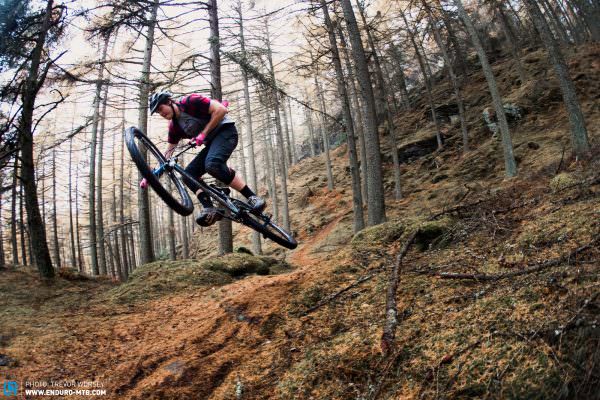
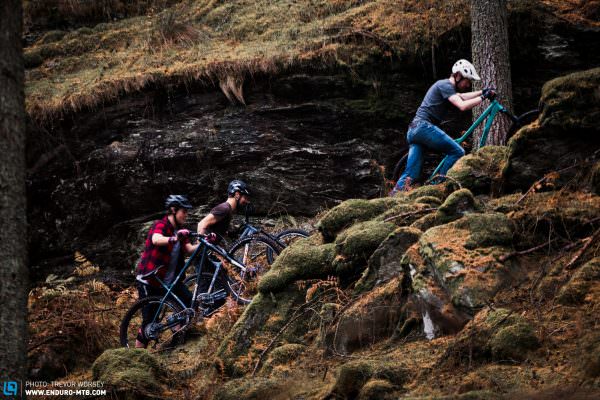
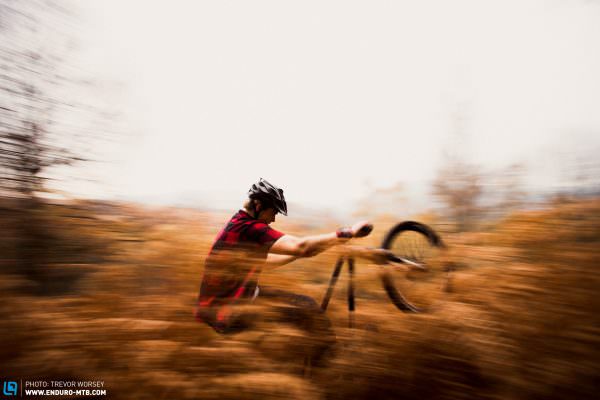
Putting the fun in function
However, riding a hardcore hardtail isn’t about points or podiums, the riding emphasis should be on fun and versatility: hit a trail centre, session some dirt jumps, roost some loamy turns or smash the urban freeride. We want it all but being the ‘jack of all trades’ may result in being master of none so some brands will focus on a more specific riding style.
In these days of super-efficient rear suspension, the hardcore hardtail retains its cult status which has nothing to do with it being the most practical choice of bike, it’s less comfortable, they have less traction, line choice is critical and mistakes will not be rewarded but somehow they embody everything that’s good about riding a bike.
The test fleet: seven hardcore hardtails
| Bike | Price | Intended Fork Travel | Wheelsize |
|---|---|---|---|
| Airdrop BITMAP | €557 | 140 mm | 27.5 x 2.6 |
| Pipedream Moxie | €614 | 27.5 160 mm, 29 140 mm | 27.5+/29 x 2.4 |
| Pole Taival | €700 | 130-150 mm | 27.5+/29 x 2.5 |
| Orange Crush | €614 | 140 mm | 29 x 2.5 |
| Sick Headbanger | €1675 | 160 mm | 29 x 2.35 |
| Stanton Switch9er | €781 | 120 – 160 mm | 29 x 2.4 |
| Stif Morf | €557 | 130 mm | 27.5 x 2.35 |
Each of the hardtails we reviewed is available in a frame only option. Many riders will either be looking to build their hardcore core hack on a budget from donor parts and spares or want to build it up to their own preferences, so we wanted to review the qualities of each frame rather than the full build.

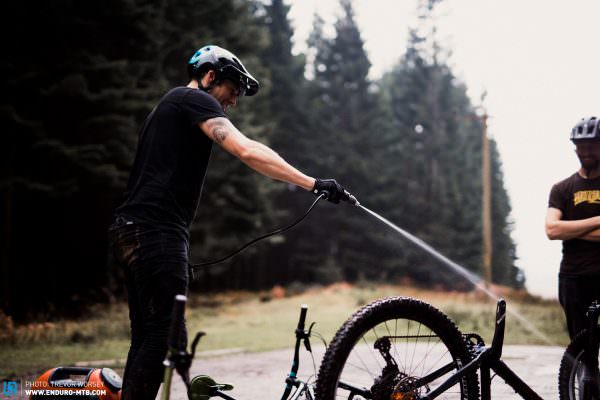
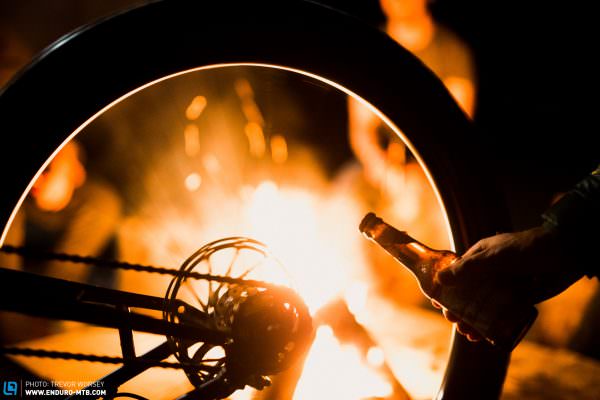
Compared to the expense of constructing a full suspension frame, hardtails are cheap to build which means that they are a great entry into the bike building business. Consequently, there are hundreds of hardtail manufacturers and models out there. We could never have tested every bike in this category, no matter how much we’d like to, so we sourced bikes that we thought could bring something different to the test and reveal the key aspects of a frame that make a hardtail, hardcore.
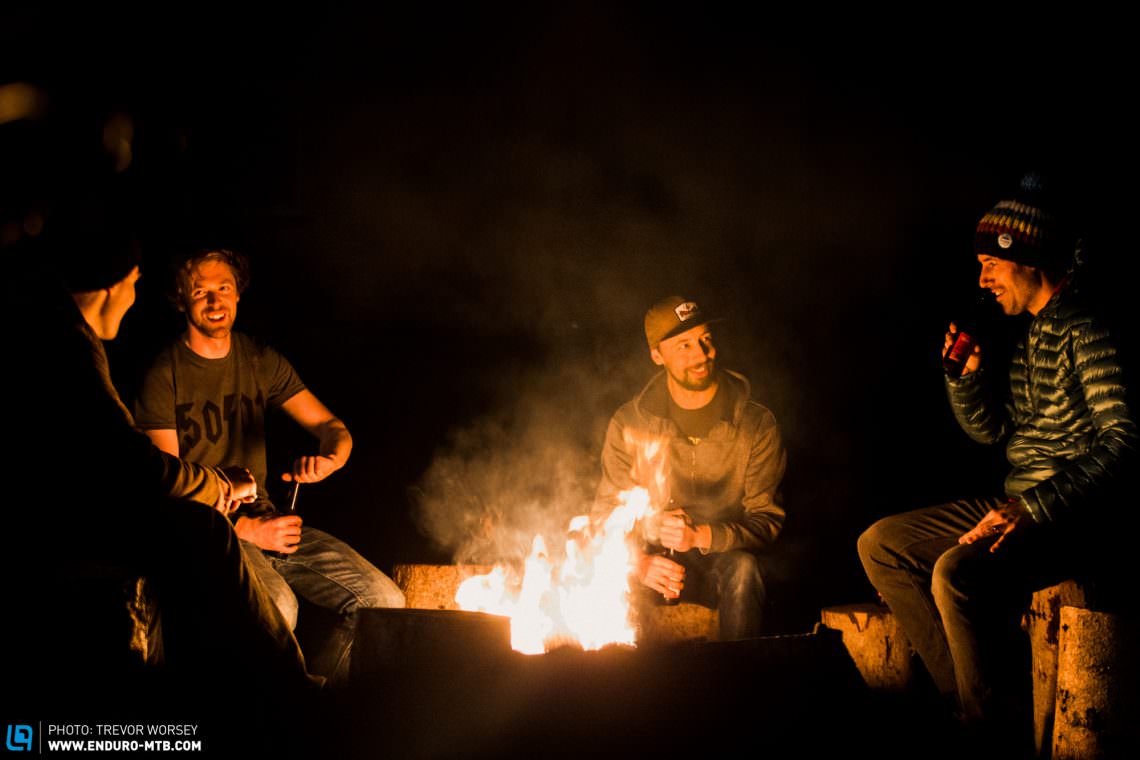
The contenders
The Airdrop and Stif bikes have more ‘trail’ inspired geometry albeit with the prerequisite slacked out head angle, the shortest reach, stays, stack and wheelbases make for a great all-around traditional. ‘mountain bike’, smaller and more nimble than the enduro inspired behemoths of the Pole, Pipedreams and the Sick offerings. The longer bikes should offer increased confidence and stability when the going gets steep and technical but can quickly get you into trouble as the front end’s write cheques that the un-suspended rears cannot hope to cash. This leaves the Orange and the Stanton representing the middle ground’; two very different yet very capable all-rounders that epitomize the fun, ‘jack of all trades’ that is the characteristic of the hardcore breed.
How large is large?
Despite all our bikes being a size ‘Large’, there is a huge difference between each bike that reflects the diverse interpretation of their intended use and rider’s needs. With up to 12.5 cm difference in wheelbase, 41 mm variation in stack height and 70 mm difference in reach and 60 mm in seat tube there was a sizing chasm which means that the prospective buyer must know their numbers before parting with their cash, especially as most of these brands can’t be bought ‘off the shelf’ at your LBS.
The test conditions
We took our 7 bikes and five riders to ruggedly beautiful forests of Dunkeld in Perthshire, Scotland’s heartland. Featuring big climbs, undulating traverses and steep, enduro style trails with lots of loam, slick roots, greasy rocks, hucks and senders; the all-around ability of our hardtails would be stretched to their limits and beyond.
Tops
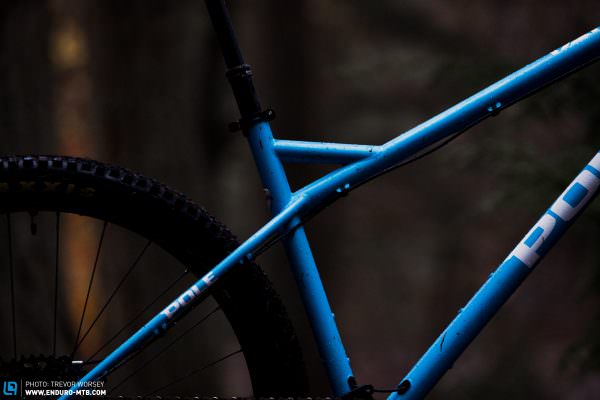
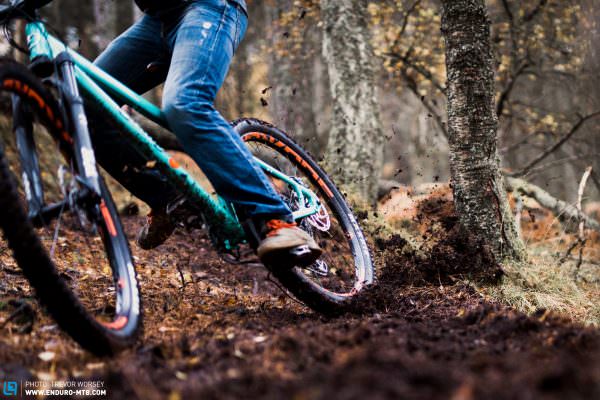
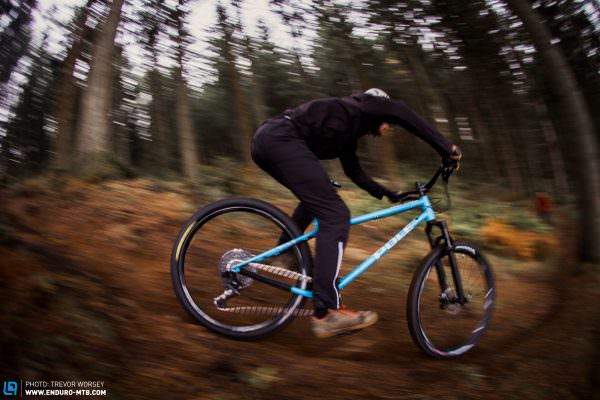

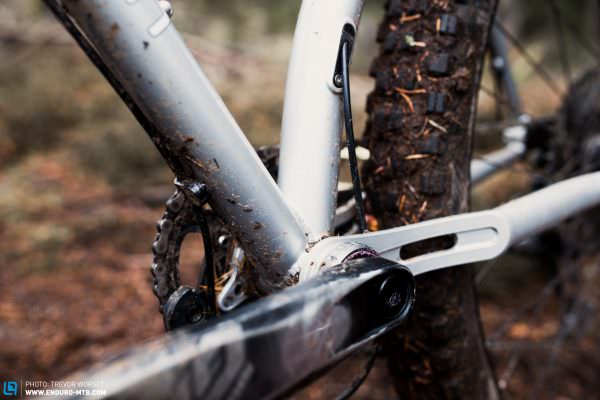

Flops

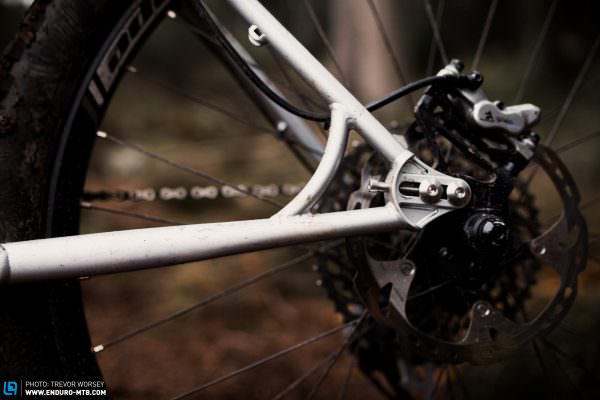
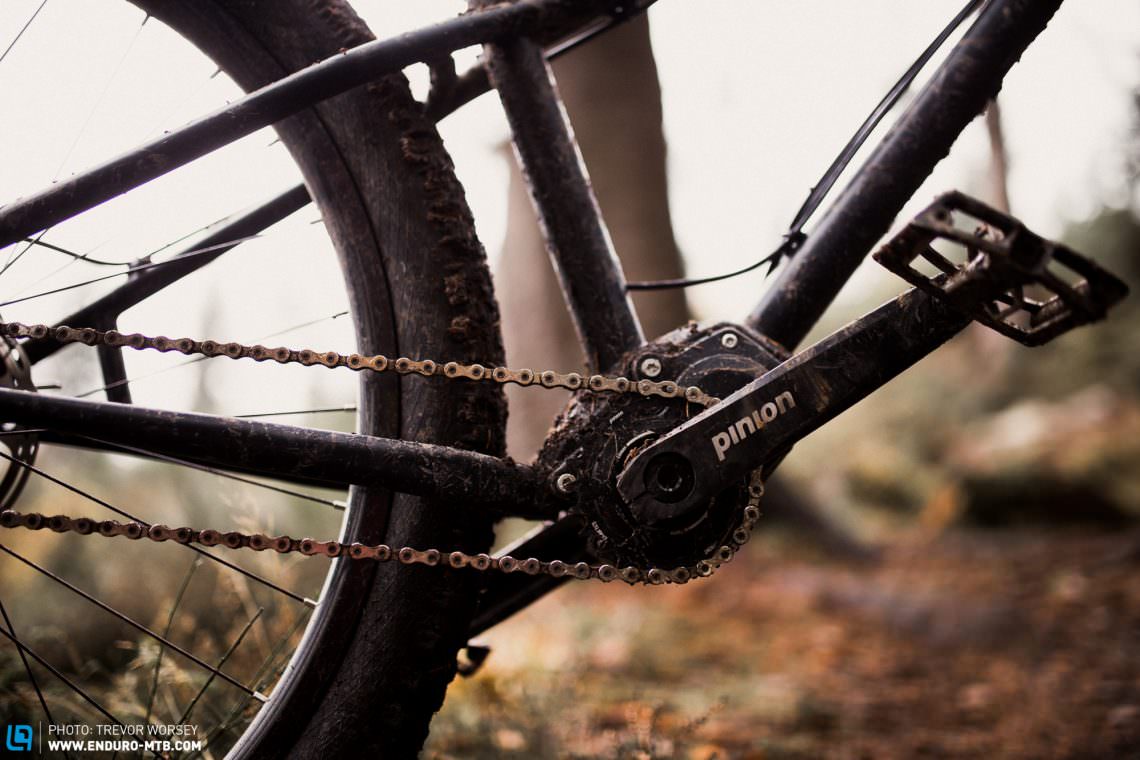
Conclusion
All the bikes we tested had their own distinct identity, strengths and weaknesses. The Stif Morf showed us how much things have progressed as a bike we considered ‘hardcore’ only a few years ago, now felt more like an all-rounder trail bike. The two aluminium bikes, the Airdrop BITMAP and the Orange Crush are both excellent trail bikes despite having different geometry ideas but once off the trail centre groomers, the stiffness of the frame material made the bike less comfortable to ride. We found that a super long front end and short stays of the Pipedream Moxie meant that the Moxie needed aggressive rider input to get the best out of the extreme geometry, so it isn’t a bike every rider will be able to ride well. For everyone involved in this group test, the two bikes battling for top slot was the Pole Taival and the Stanton Switch9er. Two quite different bikes in terms of feel and geometry that share some winning characteristics: a balanced riding position, chromoly tubing and 29er wheels. Both bikes were super fun to ride and went down faster than a hooker at a bachelor party: the Pole Taival, with its fantastic ride and ‘rider focused’ build is highly recommended and great value for money, taking our BEST VALUE award, thanks to its stunning frame, awesome all-around ability and grin-inducing handling, the BEST IN TEST laurels go to the sublime Stanton Switch9er.
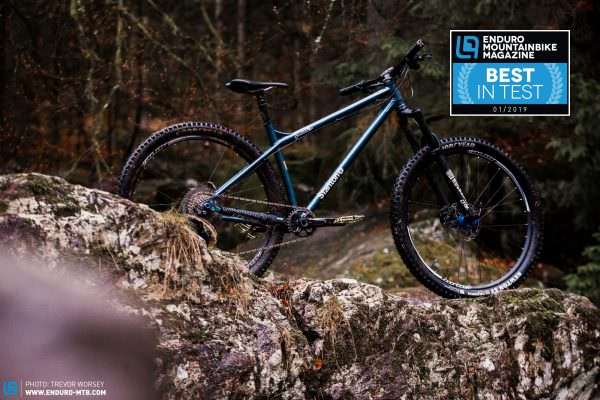
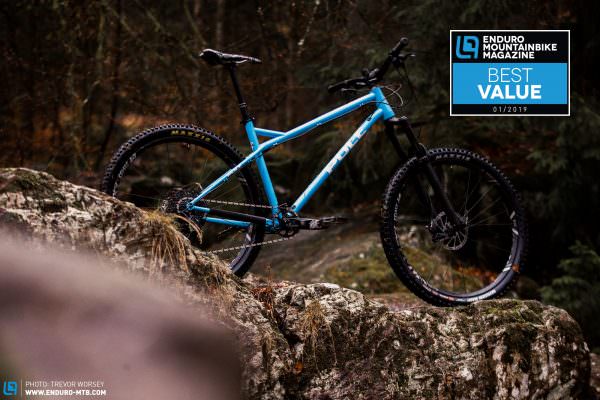
All bikes in test
Airdrop BITMAP | Pipedream Moxie | Pole Taival | Orange Crush 29 | Sick Headbanger | Stanton Switch9er | Stif Morf
Did you enjoy this article? If so, we would be stoked if you decide to support us with a monthly contribution. By becoming a supporter of ENDURO, you will help secure a sustainable future for high-quality mountain bike journalism. Click here to learn more.
Words: Thomas Corfield Photos: Trevor Worsey








